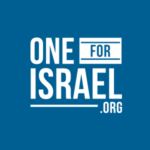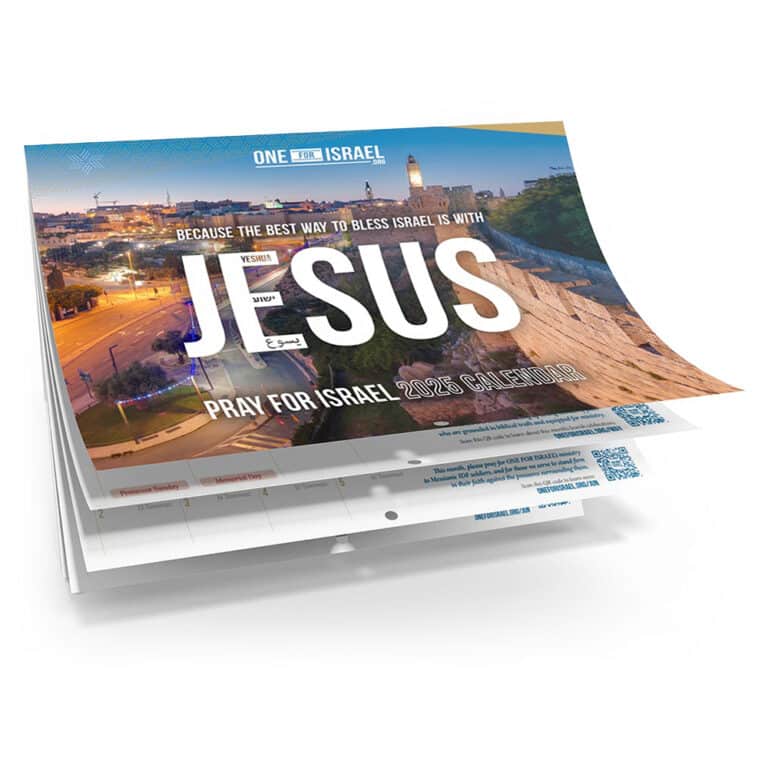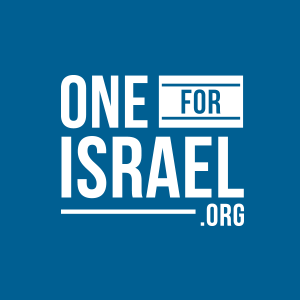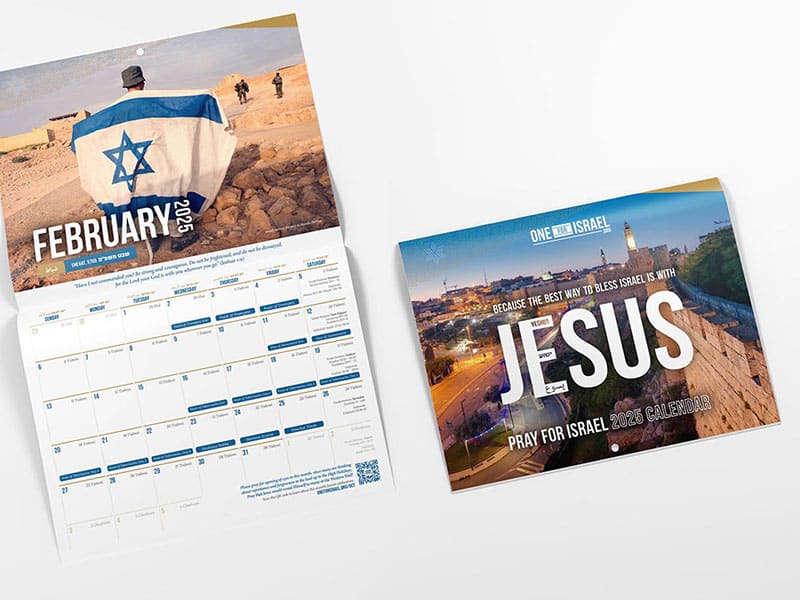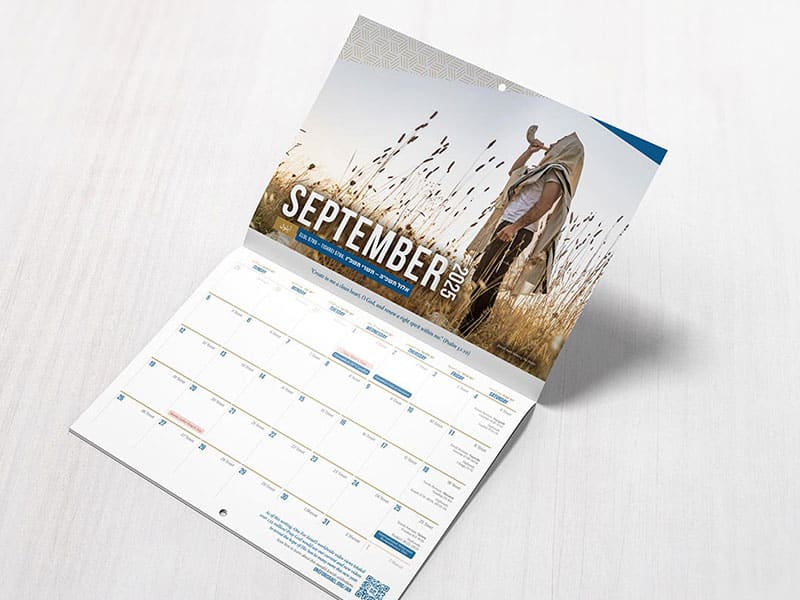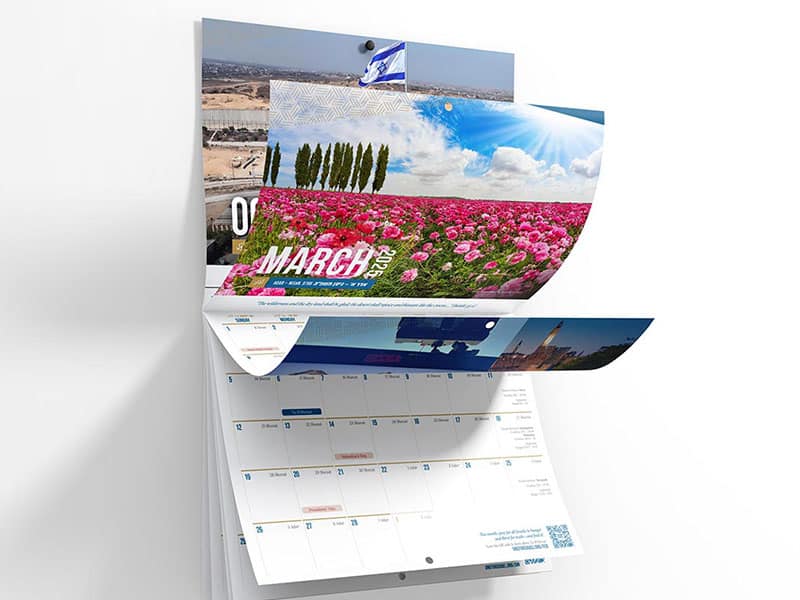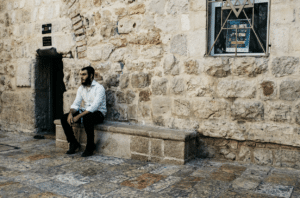By Jim R.Sibley PhD
The modern State of Israel developed at a miraculous pace, but what many don’t realise is just how many disciples of Jesus were among the pioneers of various aspects of Israeli life. The 1800s saw startling advances in communication and transportation, education and medicine, but one long-overlooked window, or aperture, into the history of Jewish believers in Israel may be found in the field of photography.
It was believers who first introduced the art of photography to our nation.
Believers first to document the Land with photography
Andrew Bonar, Robert Murray M’Cheyne, Dr. Alexander Keith, and Dr. Alexander Black arrived in what was then Palestine to carry out their famous “Mission of Inquiry” in 1839, “to see the real condition and character of God’s ancient people, and to observe whatever might contribute to interest others in their cause”. They wanted to understand the lay of the land, to investigate the situation of the Jewish people living in Palestine, and report back to all those who loved the people of Israel. For this, they wanted not only to bring notes from their exploratory trip, but also pictures.
Dr. Alexander Keith tried (albeit without success) to use “calotype” paper to make some photographic exposures. He thus became the first to attempt photography in what is now the State of Israel.1
Their official report led to the establishment of formal efforts to bring the gospel to the Jewish people in the Land. (Incidentally, we have a letter written by Murray M’Cheyne 33 days before he set off for the trip displayed here at our Bible College.)
Later in the 1850’s, James Turner Barclay became the first American to take photographs in Jerusalem. He worked with James Graham, the secretary of the Anglican Mission in Jerusalem, officially known as the London Society for Promoting Christianity Amongst the Jews, or the London Jews’ Society (L.J.S.).
Local Messianic believer pioneers Israeli photography
But it was not just believers from abroad taking photographs; the first local photographer in Israel was Mendel John Diness (1827/1833-1923)3. Israeli historian, Yeshayahu Nir, concluded that Diness was most likely, “a converted Jew.”4 Following the publication of Nir’s work, further fascinating discoveries were made by photo-historical researchers, validating Nir’s supposition.
The bonanza came when, in a garage sale in suburban St. Paul, Minnesota, a major collection of Diness material was recovered, including “134 glass plate negatives, along with eighty silver prints, stereoscopic views, notebooks and other photographic material.”5 Dror Wahrman tells Diness’ story, with evidence that he was indeed a Messianic believer:
The first act in the drama . . . had nothing to do with photography, though it was surely quite a scene. For two days in early April, 1849, a multitude of infuriated Ashkenazi Jews in Jerusalem surrounded a house which belonged to the small Anglican community. “Jews’ tumult in the street,” recorded the English consul in his personal diary; “besieging, screaming and fighting.” In the besieged house a young couple with a small infant found refuge: Mendel Diness, a Jewish watchmaker who had arrived in Palestine from Odessa (Russia) the previous year, and his wife Sheindel Dreise.
Diness had recently announced his intention to convert: “in consequence of my conviction of the truth of Christianity”, he had written a couple of months earlier, “I have resolved with all my heart to embrace that most holy and blessed Religion”. He added that he had “very strong hopes” that his wife would follow.
But the enraged Jewish community thought otherwise: led by his wife’s father, the Habbadic (Hassidic) Jew, Shimeon Amsel, they demanded that she and their new-born son be separated from Diness and thus delivered from the injurious path of proselytism, into which–so they claimed–they were compelled by the actions of her husband.6
Diness had apparently been led to faith through the efforts of the Anglican Bishop Gobat, who baptized him on Sunday, August 5, 1849. Unable to resolve their marital tensions, Diness later agreed to divorce his wife in 1851, and remarried a Jewish believer named Sophie Kiel. Later, he was baptized by immersion and became affiliated with the Disciples of Christ. This group was led by Lottie Moon’s uncle, Dr. James Turner Barclay.7
Later, it would be recorded of Diness, that he had been “actively and usefully engaged with Bro. Barclay, in laboring for the conversion of the seed of his brethren according to the flesh, the Jews of that city [Jerusalem].”8
Diness was not only the first local photographer in the Land, but the first to receive training in photography in the Land, the first resident photographer to take stereoscopic views, and the first to make a visual travelogue of the Holy Land with photographs of Galilee, Nazareth, and Bethlehem.
First native-born Israeli photographer was also a believer
The second local photographer known in Israel was Peter Bergheim (1844–1885), also a “converted Jew.”9 His father, Paul, “a German Jew who converted to Christianity, had worked on the L.J.S. medical staff as a pharmacist since 1839. His son was the first of several converted Jews connected with the mission to find his way into photography.”10
Peter was born in 1844. If so, then Peter Bergheim must be recognized as the first Israeli-born Jew (or “sabra”) photographer in the Land of Israel.
So, Diness was the first local photographer, and Bergheim was the first native-born photographer, and another such sabra that caught the attention of Nir was a Messianic believer named C. A. Hornstein:
Hornstein’s intimate feeling toward the people and landscape of the country may be explained by the fact that he was born and raised there… According to L.J.S. files, Hornstein was born in February 1870 in Jerusalem to a “Hebrew-Christian” (that is, converted) father and a “gentile” mother.11
Nir further explains that his father was “a well-educated German convert and that his mother was a Scottish relative of the British Consul James Finn.”12
In fact, he says that until the end of the century; most of the local trade photographers were immigrants, and among them was a “surprisingly high number of converted Jews.”13
“Apparently, missionaries were among the first to grasp the potential of photography as used in the press.”14 The photographs spoke more eloquently than the sometimes-tedious mission reports ever could. Furthermore, they apparently taught the new believers photography as a way for them to earn a living in the face of social ostracism.
So, believers in Yeshua were:
- The first to introduce photography in Israel.
- The first locals to be photographers.
- The first sabras to be photographers.
In conclusion, perhaps it is fair to say that as these pioneers took photographs, the work “developed” among the Jewish population in the Land!
- Yeshayahu Nir, The Bible and the Image: The History of Photography in the Holy Land, 1839-1899 (Philadelphia: University of Pennsylvania Press, 1985), 30.
- Ibid., 12. James Barclay was the uncle of the famous Lottie Moon, American missionary to China.
- Or, Mendenhall John Dennis
- Nir, 112
- Dror Wahrman, Carney Gavin, and Nitza Rosovsky. Capturing the Holy Land: M. J. Diness and the Beginnings of Photography in Jerusalem (Cambridge, MA: Harvard University Press, 1993), 3.
- Ibid., 10
- However, some sources claim that it was James Finn, the British Consul in Jerusalem, who arrived in 1845.
- Wahrman et al., 37
- Nir, 112
- Ibid., 114
- Ibid., 223
- Ibid
- Ibid., 260
- Ibid., 214
